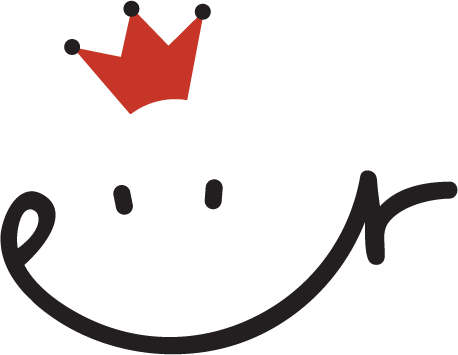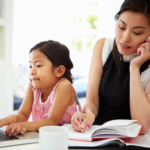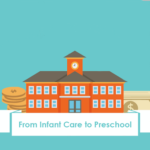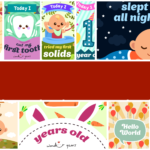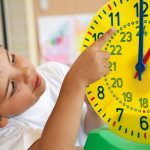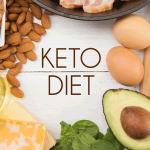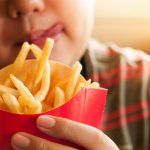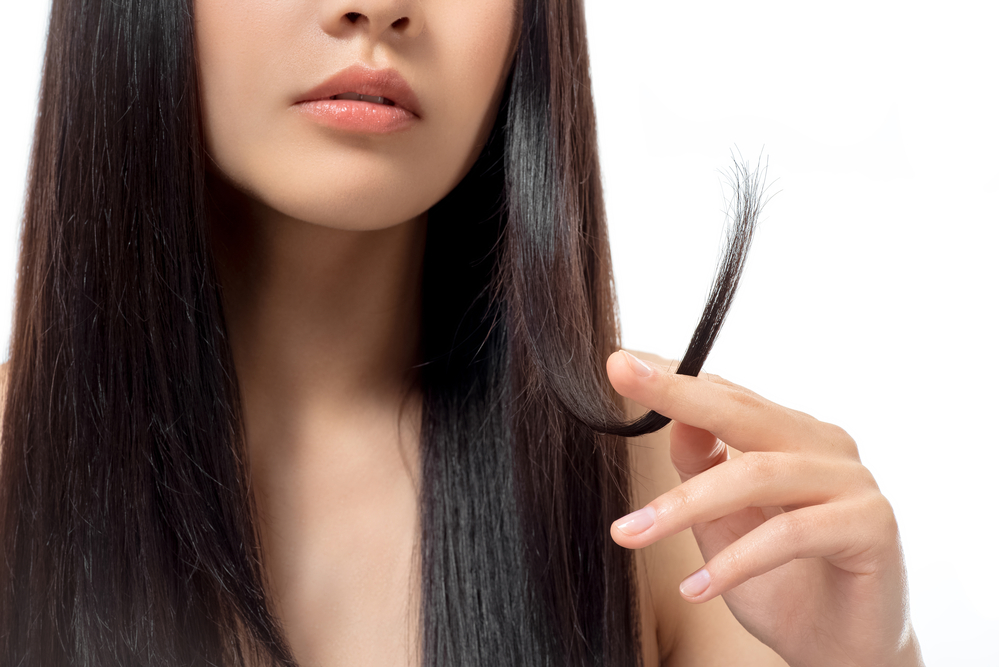
The postpartum period is more than just feeding and diapering the baby. Other than going through a myriad of physical changes, you will probably realise that your hair not only thins out but also changes in texture. From curly to wavy or wavy to curly, these are mainly due to hormonal changes.
Postpartum hair loss affects between 40 to 50% of women in the months following childbirth. Sometime around three to six months after delivery, you may have noticed your hair starting to fall out at a speedier rate than usual. The natural shift in hormones that happens around this time triggers the hair to go from a growth phase during pregnancy to a shedding phase after giving birth.
Hair loss after pregnancy is perfectly normal and temporary. That’s the good news, it is not permanent.
Why does your hair fall out after pregnancy?
Your body’s hormone levels decreases back to pre-pregnancy in the months following childbirth, and your mane needs to catch up and get back to its usual cycle of loss and growth.
Hormonal changes cause a large number of hairs to enter the telogen (hair resting phase) at one time. Shedding does not occur until the new anagen (growing phase) hairs begin to grow, which usually takes about two to three months. The emerging hairs force the resting hairs out of the follicle, which is why you may notice a sudden increase in hair fall after delivery.
Losing about 100 hairs a day is normal during pre-pregnancy, and hair loss after pregnancy involves shedding up to four times more. The amount of hair loss you experience will, however, be different for every woman. Don’t be too alarmed. Before your little one turns one, the hair loss should slow to pre-pregnancy amount.
Read also: How Does Postnatal Depression Affect Parenting?
How you can deal with postpartum hair loss
Use a volumising shampoo
Volumisers may add body to your hair and help maintain a lustrous look.
Use a wide tooth comb or brush to minimise tangling
Avoid using rubber bands to pull your hair into a ponytail. Instead, use loose scrunchies.
Eat a balanced diet
Take in a healthy diet with plenty of protein to aid the hair growth process. A balanced diet rich in proteins, vitamins, minerals and omega-3 fatty acids is key to preventing postpartum hair loss.
Put off any chemically based hair treatments until the shedding stops
This includes hair colouring, rebonding, perming and keratin treatments, among others.
Trim your hair short for easy management
This means your baby will not be able to easily clench your hair within his fist, risking more hair fall.
If you need to blow-dry, use the lowest heat setting
Avoid using hot tools like flat irons or curlers.
Read also: Life Story: Why I chose to break the rules of confinement
Try not to stress about temporary hair loss and accept that it is simply a normal part of recovering from childbirth. You can expect to have your back to normal, healthy hair within six months to a year after delivering your little one.
If your hair fall is of an unusual pattern and persists after your baby turns one, seek professional advice in managing it. Don’t let it cause too much anxiety, which may cause even more hair loss and hinder the regrowth of hair.

